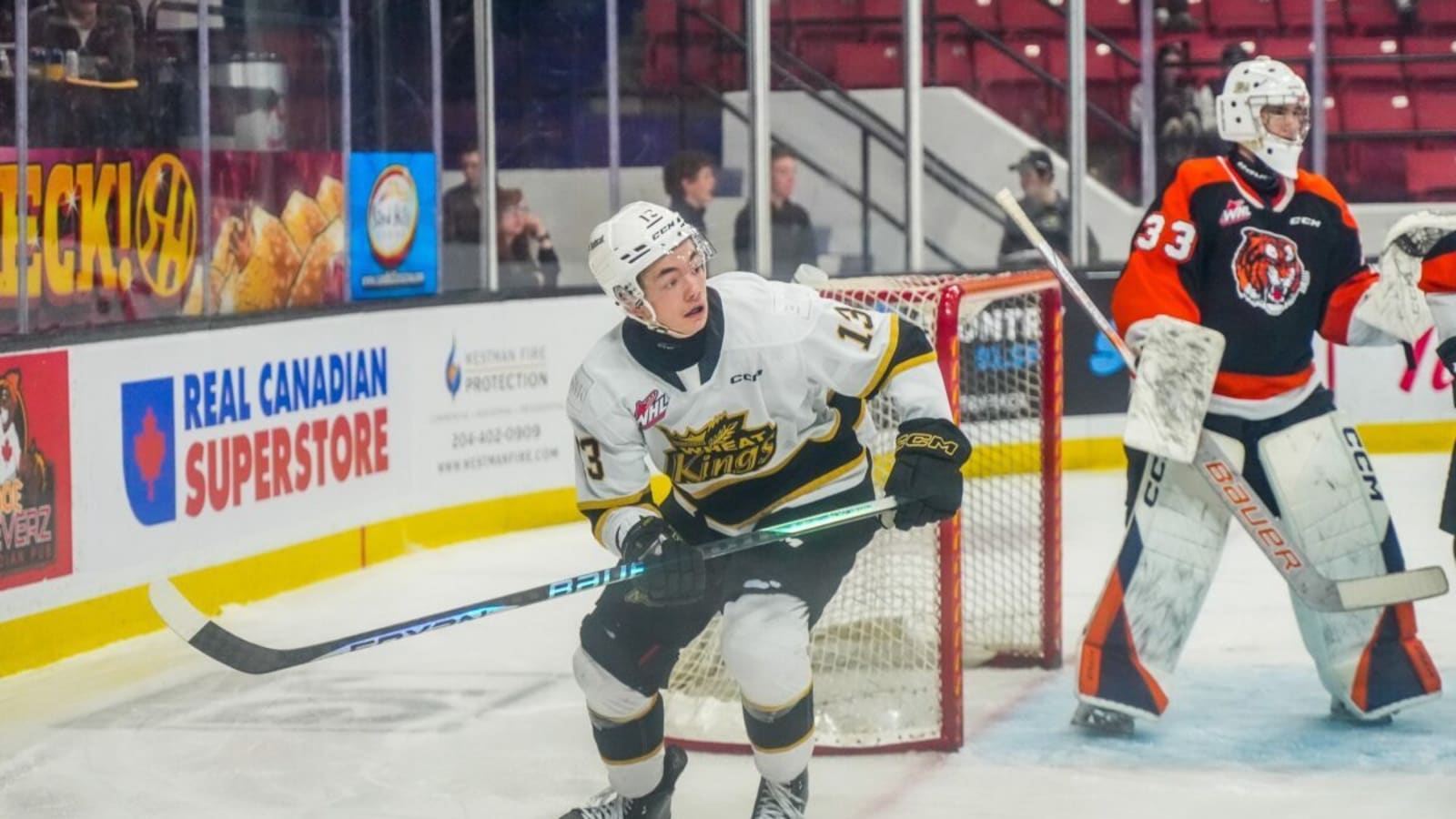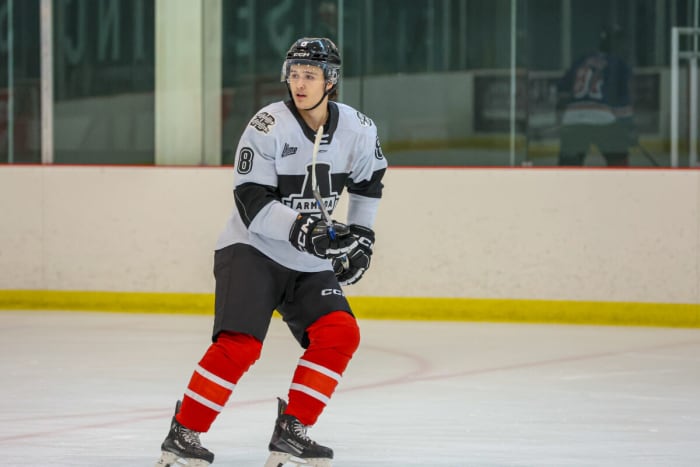The 2024–25 season was a disappointment for the New York Rangers. Entering as the defending Presidents’ Trophy winners, expectations were high. However, after a promising 12–4–1 start, the team endured a 4–15–0 stretch that derailed their season. Despite a brief resurgence in January, inconsistent performances plagued the remainder of the season.

The Rangers finished with a 39–36–7 record, placing 5th in the Metropolitan Division and 11th in the Eastern Conference. This marked the first time since the 2020–21 season that the Rangers missed the playoffs, making them the first team in NHL history to miss the postseason twice after winning the Presidents’ Trophy the previous year.
The season was marked by underperformances from key players, including Adam Fox, Chris Kreider, Mika Zibanejad, and Artemi Panarin. The team’s special teams struggled, with the power play ranked fifth-worst in the NHL at 17.6%. Head coach Peter Laviolette faced criticism and was relieved of his duties at the end of the season, with Mike Sullivan set to take over.
With the 12th overall pick in the upcoming 2025 NHL Draft, the Rangers have an opportunity to address their organizational needs and inject new talent into the roster. Four forwards stand out as potential targets: Lynden Lakovic, Roger McQueen, Brady Martin, and Justin Carbonneau. Each offers a unique blend of skills and could help shape the future of the franchise.
Roger McQueen – C, Brandon Wheat Kings (WHL)
If McQueen is still on the board at 12, this should be a no-brainer for the Rangers. He’s a 6-foot-5 center with soft hands, playmaking instincts, and legitimate top-six upside, the kind of long-term center prospect this organization hasn’t drafted in years. Before his back injury, McQueen was tracking as a top-10 lock. He had 20 points in 17 games to open the WHL season and looked every bit like a player with first-line potential. Then came the injury, which sidelined him for most of the season and dropped him on a few draft boards, but the talent didn’t go anywhere.
McQueen’s skating is still a question. He’s not slow, but he doesn’t have the quick burst you’d want from a first-line center. The injury won’t help that concern either. But he sees the game well, uses his reach to protect the puck, and doesn’t force plays. There’s a calmness to how he handles pressure that projects well to the NHL. If the Rangers are looking to find a first-line center in this draft, McQueen is their most likely choice.
He likely doesn’t fall this far, but if he does, he’s the kind of player worth betting on.
Lynden Lakovic – LW, Moose Jaw Warriors (WHL)
Lakovic has one of the most intriguing physical profiles in the draft. He’s 6-foot-4, skates well for his size, and has the skill to make plays in motion. He had 58 points in 47 games this season. He’s started to show more urgency off the puck, battling for body position after faceoffs and working to disrupt plays in his own zone. There’s still room to grow defensively. He can get too puck-focused and lose track of the play around him, but the effort is there. Offensively, he shows flashes. He can attack off the wall, finish around the net, and make smart give-and-go reads. The passing game stands out at times, and his shot has the potential to be a real weapon.
What’s harder to project is whether he becomes more physical. He’ll finish checks and pin opponents to the boards, but he does not use his size to dictate play. He has to become more assertive and learn to take control of shifts instead of waiting for them to come to him. His combination of size, mobility, and touch gives him a high floor.
Justin Carbonneau – RW, Blainville-Boisbriand Armada (QMJHL)
Carbonneau plays with pace, competes in all three zones, and has a real understanding of how to support the puck. He makes plays off the wall, jumps on loose pucks, and can move the puck cleanly under pressure. His passing touch is sharp, especially off the breakout and in transition, and he’s constantly looking to find space or create it for teammates. When he’s on, he drives play with intensity. He blocks shots, finishes hits, runs smart routes in the offensive zone, and looks like the kind of player coaches trust.

Carbonneau’s offensive skillset is often underrated. He protects the puck well on the rush and doesn’t shy away from the middle of the ice. He can finish plays even when under pressure, using balance and body control. He has the strength and coordination to finish through pressure, and he’s shown he can make plays on partial breaks or when tracked tightly by defenders. There are still some inconsistencies. He can over-handle in the neutral zone or miss easier options on the rush, and his zone entries aren’t always clean. But the habits are strong, and the decision-making has improved.
Carbonneau isn’t the flashiest name in this range, but he brings a balance of skill, structure, and compete that NHL teams covet. For the Rangers, who need more right-shot depth and haven’t developed many true two-way forwards, Carbonneau could be a stabilizing pick. He plays with purpose, brings physical edge, and looks like someone who could step into a middle-six role earlier than most of his peers.
Brady Martin – C, Kitchener Rangers (OHL)
Martin is one of the most physically punishing forwards in the class, but there’s more to his game than just brute force. He attacks with speed and purpose, using straight-line power to blow through defenders and create chaos off the rush. Defenders struggle to contain him once he builds momentum. His puck control at top speed is better than expected, and he flashes some real creativity off the cycle. He can cut back hard, shield with his hips, and work give-and-go plays in tight, not just a straight-ahead bulldozer, even if that’s the first thing you notice.
From the first shift, Martin is driving to the net, delivering hits, and trying to set a tone. He’s the kind of player who’ll crash the crease on one play and then staple someone to the boards the next. His shot is heavy, with a violent one-timer. There are some hockey sense questions. He can get tunnel vision and doesn’t always read the play quickly off-puck. But he’s effective in traffic, creates chances through sheer will, and brings a style the Rangers don’t currently have in the system. Whether he ends up at center or wing, Martin looks like a future fan favorite, the kind of player who drags his team into the fight every night.
Final Thoughts
Whether the Rangers swing big on a tools-heavy winger like Lakovic, take the high-upside center in McQueen, bet on the power game with Martin, or lock in a dependable two-way piece like Carbonneau, the goal should be simple: find a player who can grow into a real top-six contributor. At 12th overall, there’s no guarantee, but there’s opportunity. They can’t afford to waste it.
-1738976905-q80.webp)

-1736390951-q80.webp)
-1739236868-q80.webp)